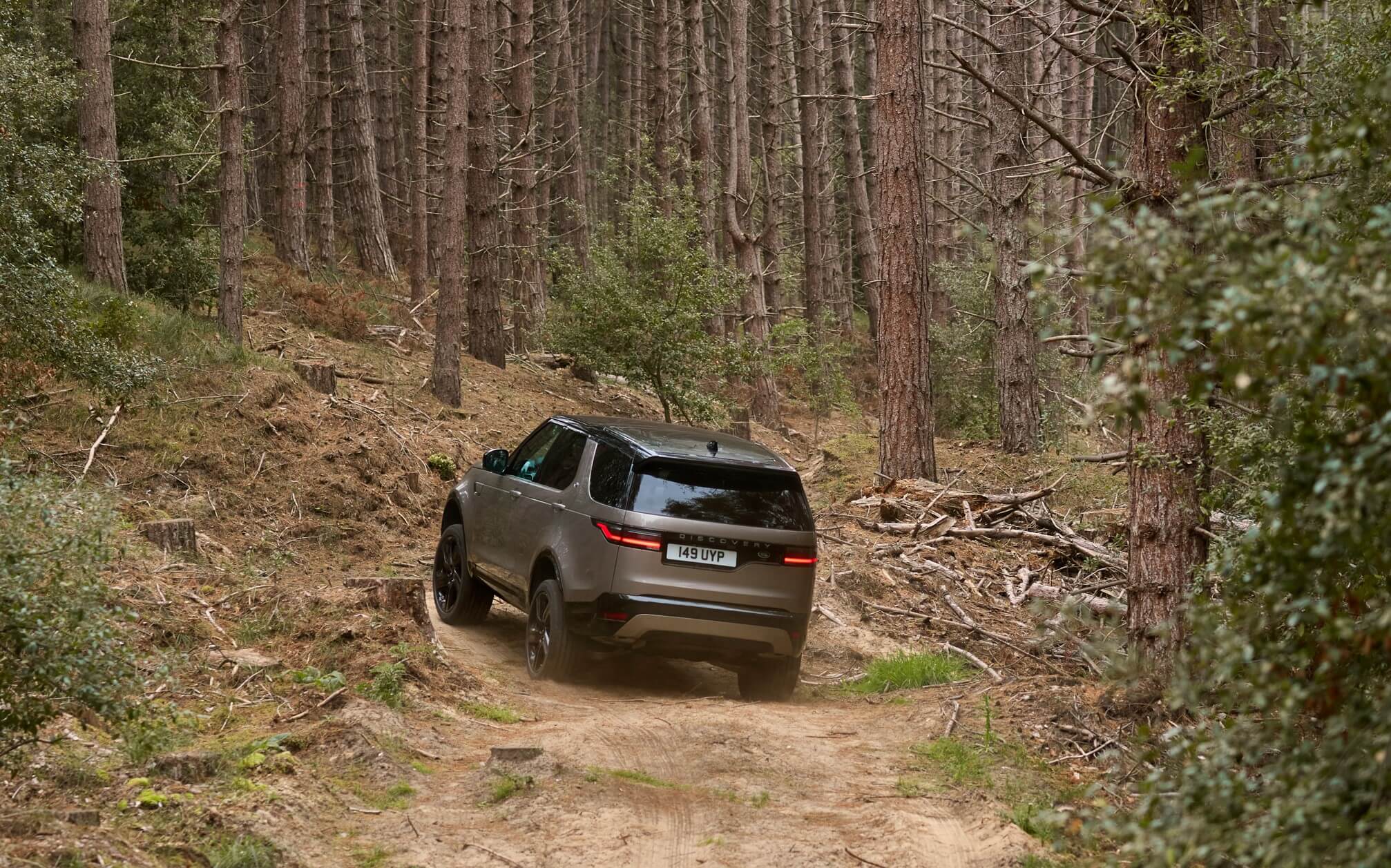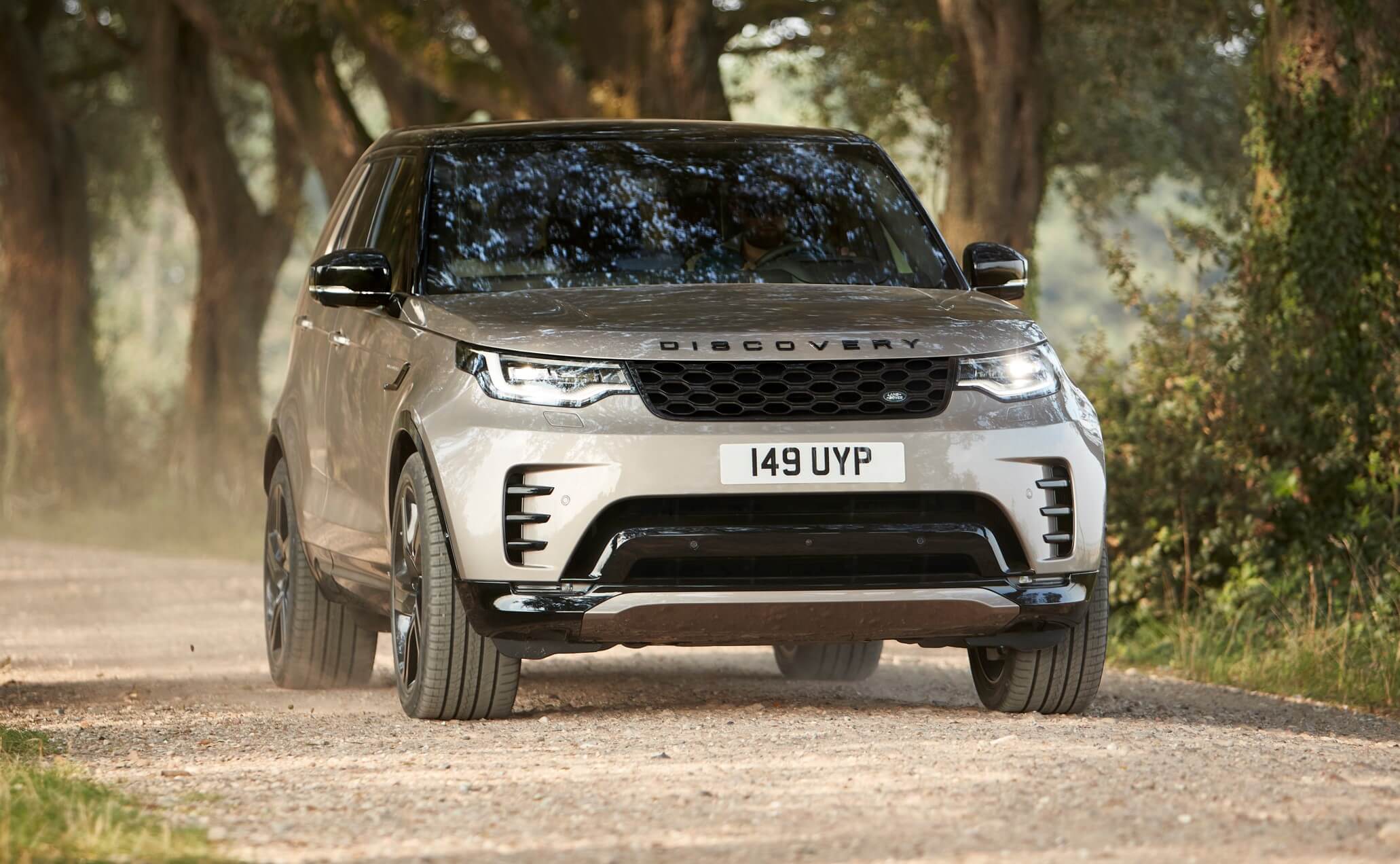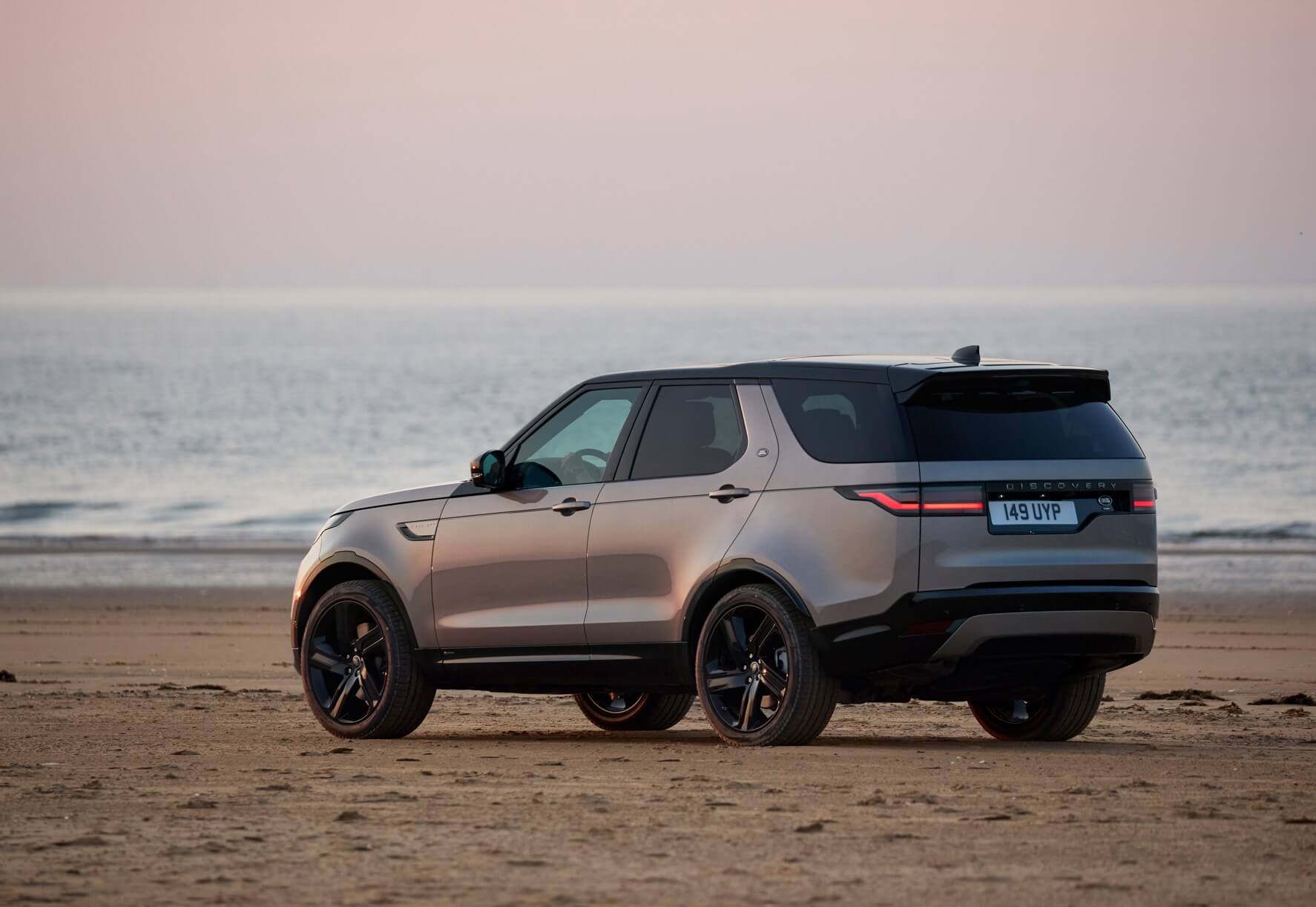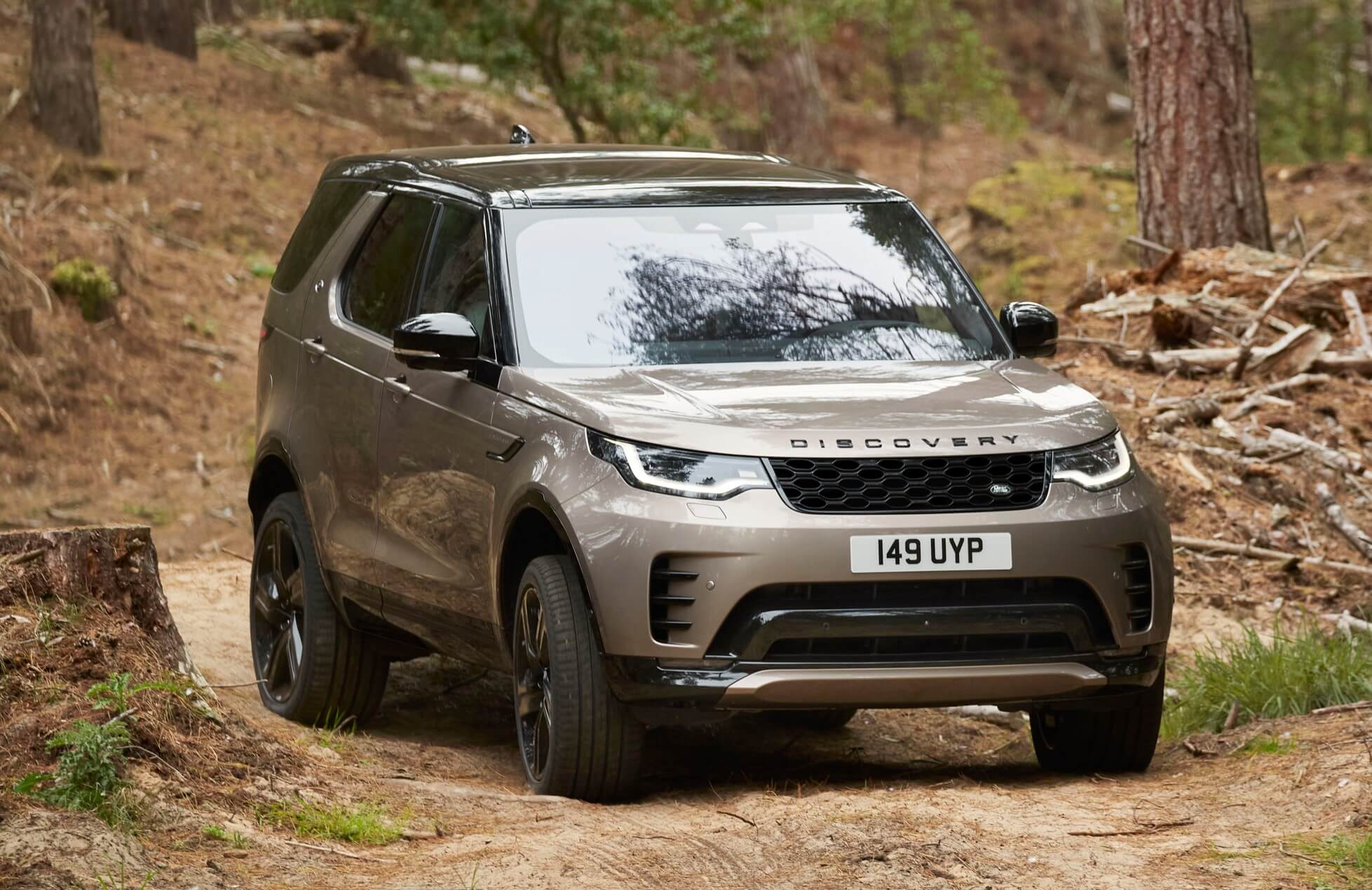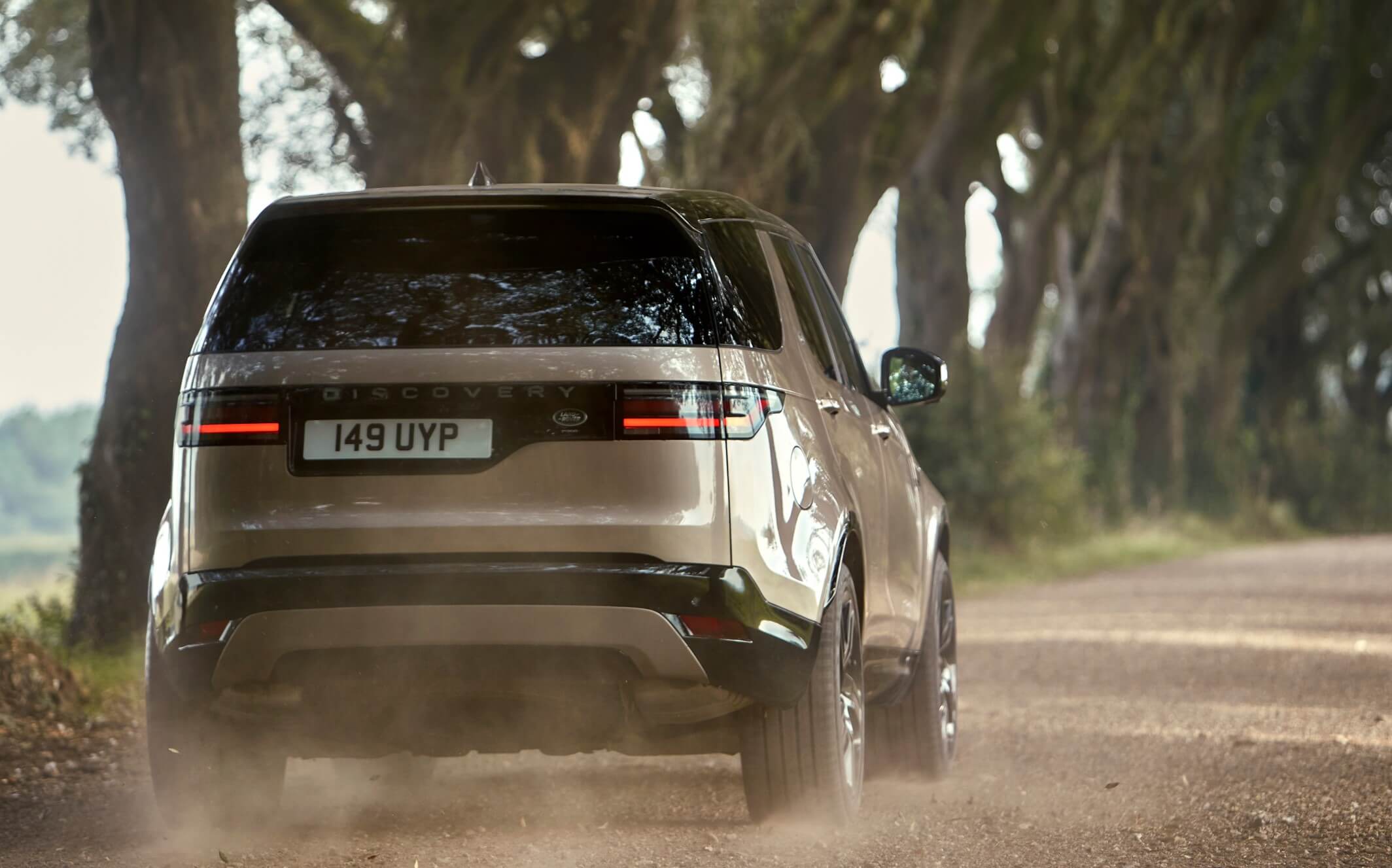The Land Rover Discovery 6 needs to be reinvented if it is to gain popularity again. Here is everything we can expect from the new generation model.
Land Rover is poised to radically reinvent the Discovery as part of its rapid and wide-reaching electrification programme with a view to distance it from the hugely popular Defender and re-establish the nameplate as a core pillar of the line-up.
The Land Rover Discovery has historically been a highly important car for Land Rover. It was launched in 1989 as a more family-focused and affordable adaptation of the acclaimed underpinnings from the Range Rover flagship and it ultimately became one of the firm’s most popular models worldwide, with the millionth example leaving the production line in 2012.
In recent years, though, the Discovery’s popularity has waned and today’s fifth-generation model has consistently ranked as the smallest-selling car in Land Rover’s line-up. In the 12 months to March, just 16,791 examples were sold, compared with 61,717 of the similarly priced and sized Land Rover Defender.
The arrival of the new, eight-seat Defender 130 further threatens the seven-seat Discovery’s business case, albeit while commanding a sizeable premium over even the most expensive version of the Discovery.
Hinting at the priorities for the Discovery’s replacement, ex-Jaguar Land Rover CEO Thierry Bollore – who stepped down last month – recently suggested to Automotive Daily Network partner Autocar that the model’s historical connotations of practicality and rugged dependability would be brought to the fore in a bid to carve out a more clearly defined niche.
“It has always been a very family-oriented model and we want to enhance that,” he said. “It needs to have many of the best characteristics of our luxury models, but with the emphasis on practicality and accessibility.”
There is no suggestion that Bollore’s departure will dramatically change the product roadmap and his remarks point to the next version, the ‘Discovery 6’, forming a core part of a planned new model onslaught over the coming years, which will dramatically overhaul the 4×4 brand’s range with a focus on electrification and cement Land Rover as a ‘modern luxury’ brand.
By 2026, there will be six Land Rover EVs on sale. Just four years later, 60 per cent of the brand’s sales will be electric and every model in the company’s showrooms will be offered with an EV option. New CEO Adrian Mardell, formerly JLR’s chief financial officer, will no doubt lay out his vision for the firm in the coming months.
Land Rover has said not all of its nameplates will be carried through to the electric era – it has yet to hint at plans for a Velar EV, for example – but Bolloré was bullish about the Discovery’s prospects. “We believe there is a great role for Discovery within Land Rover as a family of its own and we are working hard on that,” he told Autocar, implying a desire to reaffirm the Discovery name as a brand in its own right, like Range Rover.
Intriguingly, JLR’s recent announcement that Formula E partner Wolfspeed will supply silicon carbide semiconductors for its road-going EVs mentioned a ‘next-generation’ electrified Discovery specifically, alongside Defender and Range Rover models.
The Discovery Sport already serves as a smaller (and far more popular) derivative of its full-sized namesake and is itself tipped for reinvention in 2024, when the Halewood site that makes it will be configured to build electric cars. The replacement for that car, and the closely related Range Rover Evoque, will move onto Land Rover’s new electric-biased EMA platform. However, a more natural fit for the seven-seat Discovery would be the MLA architecture that forms the basis of the new Range Rover and Range Rover Sport.
This versatile, aluminium-intensive structure – which houses ICE, PHEV and, soon, pure-electric powertrains in Gaydon’s luxury duo – is well placed to endow the Discovery 6 with the compelling blend of refinement, spaciousness and off-road ability that has long since established the model as one of the most well-rounded SUVs on sale.
Stiffer, more aero efficient and with better crash protection than the ‘D7u’ structure underneath today’s Discovery, it provides the ingredients for a thoroughly modernised and more competitive Discovery offering while also crucially providing the necessary space for a seven-seat layout.
Like the Range Rovers, the Discovery’s replacement can be expected to be launched with a choice of combustion and plug-in hybrid powertrains. But there won’t be a diesel for the first time in the 4×4’s history as Land Rover is committed to phasing out that option across the line-up by 2026.
A top-drawer performance option with BMW’s 4.4-litre V8 is unlikely, given the Discovery’s more overt mass-market billing than the Range Rover pair. However, the familiar mild-hybridised 3.0-litre Ingenium six-cylinder is compatible with the new platform so is likely to be carried over. Significantly, the MLA-based plug-in hybrids already on sale – which pair this engine with a 38.2kWh battery – offer an EV range exceeding 100km, which is among the longest of any PHEV available and would make any Discovery P410e (as the equivalent Range Rover is badged) a compelling alternative to the BMW X5 xDrive45e and Mercedes-Benz GLE 350de.
As for the eventual pure EV, which is likely to be shown in 2025 after the combustion car, Land Rover will no doubt be benchmarking the latest arrivals in the large electric SUV segment before launch, including the Mercedes-Benz EQE SUV and Volvo EX90, to ensure the Discovery can trade on competitive performance statistics as well as the firm’s trademark off-road agility and practicality.
Long-distance touring capacity will continue to be a priority for Land Rover’s largest models, so an official range around 550km seems likely, and given that even the firm’s new PHEVs can charge at 50kW, the pure EVs are expected to offer among the most rapid top-up times on the market.
Advanced connectivity will also be a priority for Land Rover models launched after 2025. JLR has partnered American software giant Nvidia to co-develop a new (and bespoke) software stack that majors on self-driving capabilities – the likes of park assist, augmented reality driving aids and occupant monitoring – while introducing a new source of revenue in the form of over-the-air upgrades and downloadable features.
Given its relationship to the flagship Range Rover models, the Discovery is expected to be offered with the most advanced iteration of this system, matching rivals like the EX90, which will arrive in 2024 with a lidar sensor as standard for eventual unsupervised autonomous driving.





